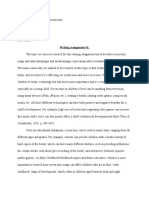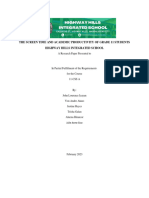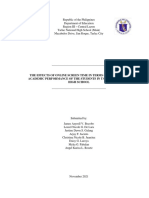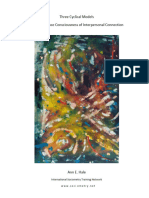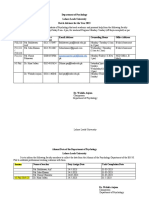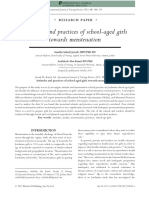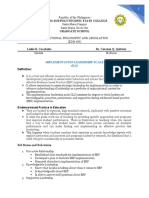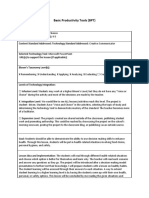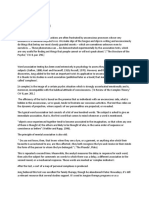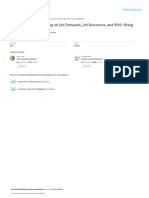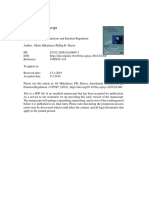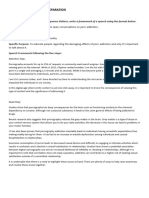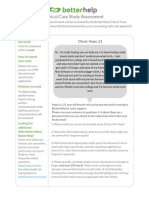0% found this document useful (0 votes)
28 views5 pagesAI Ya Screen Time
The document discusses the impact of increased screen time on children, particularly during the COVID-19 pandemic, highlighting adverse health effects such as poor sleep, eye fatigue, and psychological issues. It also addresses how excessive screen use can hinder academic productivity, while moderate and supervised screen time can be beneficial for learning. The document emphasizes the need for balanced screen use and parental supervision to mitigate negative outcomes.
Uploaded by
DianaGrace DionisioCopyright
© © All Rights Reserved
We take content rights seriously. If you suspect this is your content, claim it here.
Available Formats
Download as PDF, TXT or read online on Scribd
0% found this document useful (0 votes)
28 views5 pagesAI Ya Screen Time
The document discusses the impact of increased screen time on children, particularly during the COVID-19 pandemic, highlighting adverse health effects such as poor sleep, eye fatigue, and psychological issues. It also addresses how excessive screen use can hinder academic productivity, while moderate and supervised screen time can be beneficial for learning. The document emphasizes the need for balanced screen use and parental supervision to mitigate negative outcomes.
Uploaded by
DianaGrace DionisioCopyright
© © All Rights Reserved
We take content rights seriously. If you suspect this is your content, claim it here.
Available Formats
Download as PDF, TXT or read online on Scribd
/ 5












